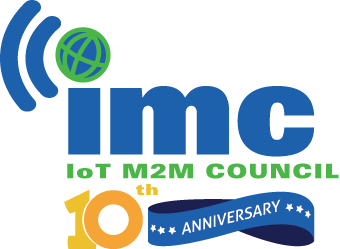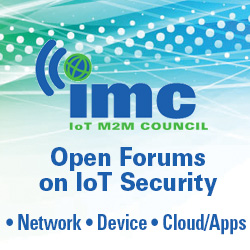Aeris and Kore consolidate leadership, says Berg
- September 16, 2020
- Steve Rogerson
Aeris and Kore Wireless have consolidated their positions as leading players in the North American IoT managed services market, according to market watcher Berg Insight.
Its latest report says IoT managed service providers have more than 50 million IoT subscribers worldwide. In Europe and North America, these players hold a combined market share of 15 to 20 per cent.
Most IoT managed service providers operate as full MVNOs using their own core networks and platforms featuring connectivity management controls and other value-added services. A key differentiator for IoT managed service providers is the ability to aggregate multiple wireless wide area networks and thus provide superior area coverage, multi-domestic footprints and multi-technology connectivity on a single platform.
Aeris and Kore Wireless have consolidated their positions as leading players in North America, with 14 million and 13 million cellular IoT subscribers, respectively, at the end of 2019. Sierra Wireless has established a trans-Atlantic subscriber base with 3.6 million IoT connections in both Europe and North America.
In Europe, Wireless Logic is the largest IoT managed service provider with about 3.5 million subscribers. The company is systematically expanding its regional presence through a combination of strategic acquisitions and organic growth. 1NCE has grown rapidly to become the runner up in Europe since its launch in 2018, providing cellular IoT connectivity to about three million devices at the end of 2019.
Additional IoT managed service providers are Cubic Telecom, Bics, Arm, Transatel and Eseye, having between two and three million cellular IoT subscribers each.
“IoT managed service providers play an increasingly important role in the fast-growing international connectivity segment,” said Fredrik Stalbrand, senior analyst at Berg Insight.
Several IoT managed service providers are leading the commercialisation of advanced SIM offerings, based on eUICCs and multi-IMSI SIMs or a combination of the two.
“These offer an alternative to the roaming model, enabling devices to automatically connect to a local cellular network,” said Stalbrand.





